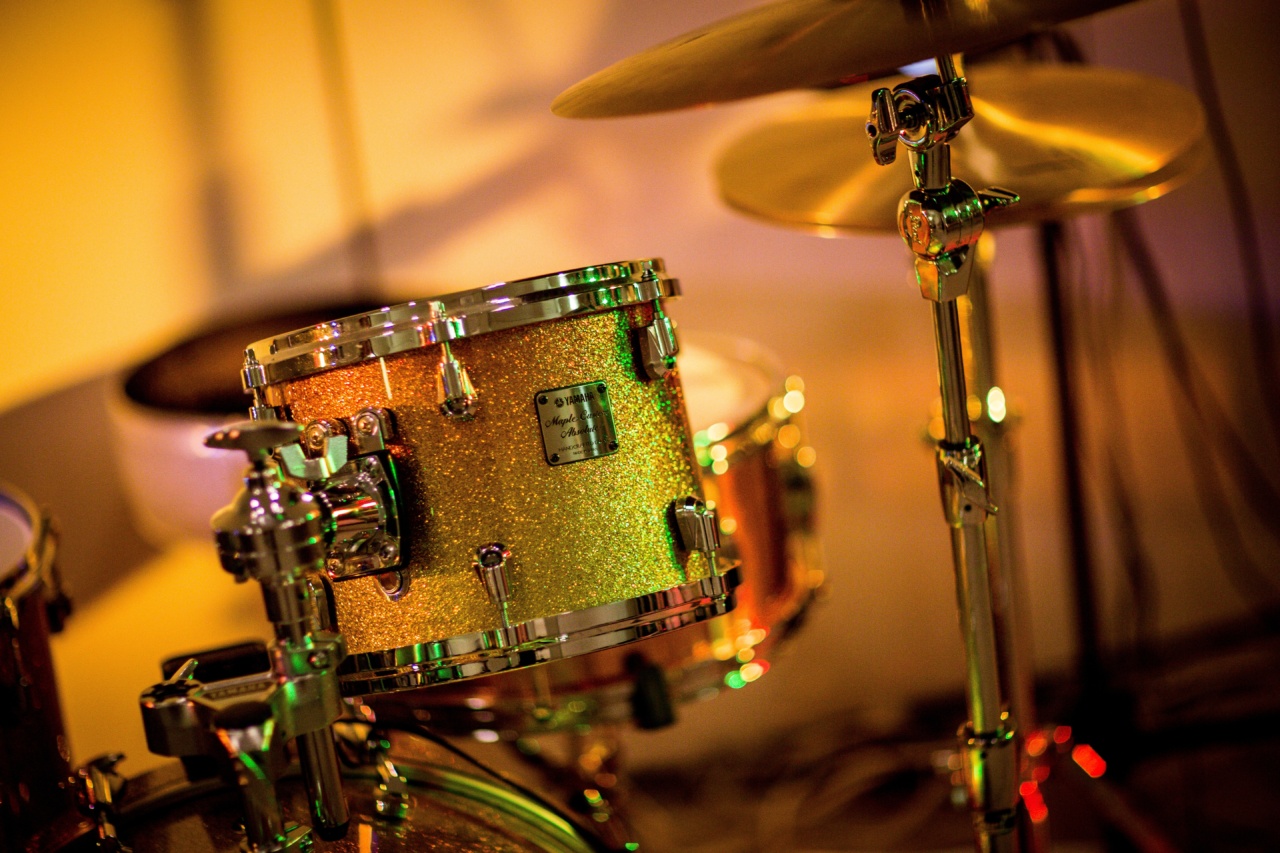Drumming is one of the oldest and most well-known percussion instruments. The art of drumming has been developed over the centuries into a multifaceted practice that includes a range of techniques, styles, and traditions.
For many drummers, drumming is a form of meditation, a way to express themselves creatively and energetically, and an opportunity to connect with others through rhythm and sound.
The Different Drumming Techniques
There are different drumming techniques that every drummer should know to elevate their drumming game. Here are a few of them:.
1. Hand Technique
Hand technique is one of the most important techniques to learn. The hand technique includes grip, finger control, and wrist movement. The different types of hand techniques include the matched grip, traditional grip, and the french grip.
2. Bass Drum Technique
The bass drum is the foundation of any beat. It’s important to learn how to use the bass drum pedal properly or else it can be hard to keep a steady beat.
The different types of bass drum techniques include heel up technique, heel down technique, and the slide technique.
3. Stick Control
Stick control is an essential skill that a drummer needs to master. It involves controlling the sound and volume of the drum by varying the force of the stick hitting the drumhead.
The different types of stick control include rebound, downstroke, and upstroke.
4. Sound Control
Sound control means controlling the tone and pitch of the drum. It includes controlling the amount of vibration in the drumhead and controlling the amount of resonance in the drum.
Different techniques for sound control include dampening, muffling, and tuning the drum.
The Different Styles of Drumming
There are a variety of drumming styles that have evolved over time. From jazz to rock to metal, drummers have developed unique styles that embody the essence of their musical genre. Here are some of the most popular styles:.
1. Jazz Drumming
Jazz drumming is known for being intricate and sophisticated. Jazz drummers use complex rhythms and improvisation to create a distinctive sound. Jazz drumming techniques are heavily influenced by African and Latin percussion traditions.
2. Rock Drumming
Rock drumming is defined by its hard-hitting, high-energy beats. Rock drummers use powerful beats and flashy fills to create a dynamic sound.
3. Funk Drumming
Funk drumming is all about the groove. Funk drummers use syncopated rhythms and ghost notes to create a deep, funky sound. Funk drumming is heavily influenced by African rhythms and the use of complex polyrhythms.
4. Metal Drumming
Metal drumming is known for its aggressive, fast-paced beats. Metal drummers use double bass drumming and blast beats to create a chaotic, intense sound. Metal drumming is heavily influenced by hardcore punk and thrash metal.
Drumming Equipment
Drumming equipment is essential for any drummer to create different sounds and rhythms. Here are some of the drumming equipment needed:.
1. Drums
The most important element of a drum kit is the drums. The drums consist of a bass drum, snare drum, toms, and cymbals. Different drum sets come with different sizes and configurations.
2. Sticks and Brushes
Drum sticks and brushes are used to play the drums. The different types of sticks include wooden sticks, nylon sticks, and brushes. Drummers need to choose the right sticks for the style of music they are playing.
3. Drum Throne
A drum throne is a stool that the drummer sits on when playing. It needs to be adjustable to the right height and cushioned for comfort.
4. Cymbals
Cymbals are an important part of the drum kit. There are different cymbals, including the hi-hats, crash cymbals, and ride cymbals.
Conclusion
Drumming is an art that requires practice and dedication to master. Knowing the different drumming techniques, styles, and equipment is the first step to becoming a great drummer.
Whether you’re playing jazz, rock, funk, or metal, there’s a drumming style that will suit your personality and musical tastes.































